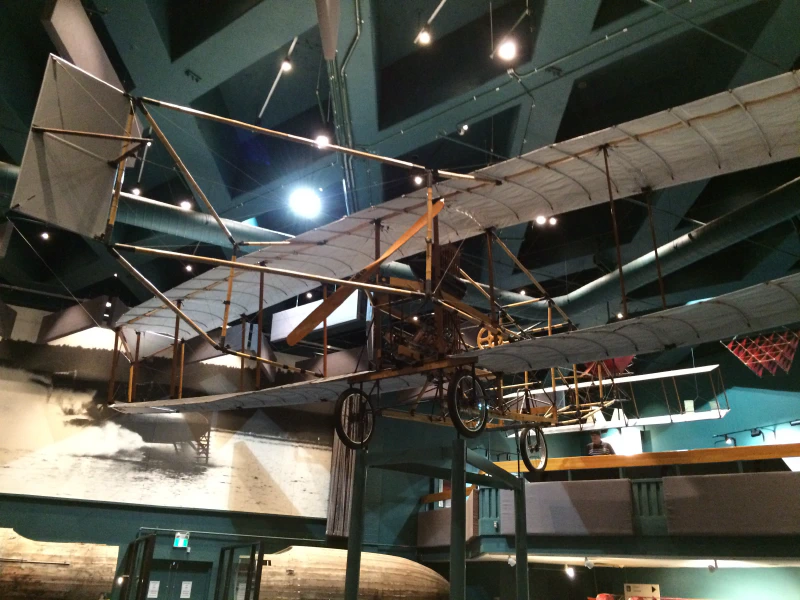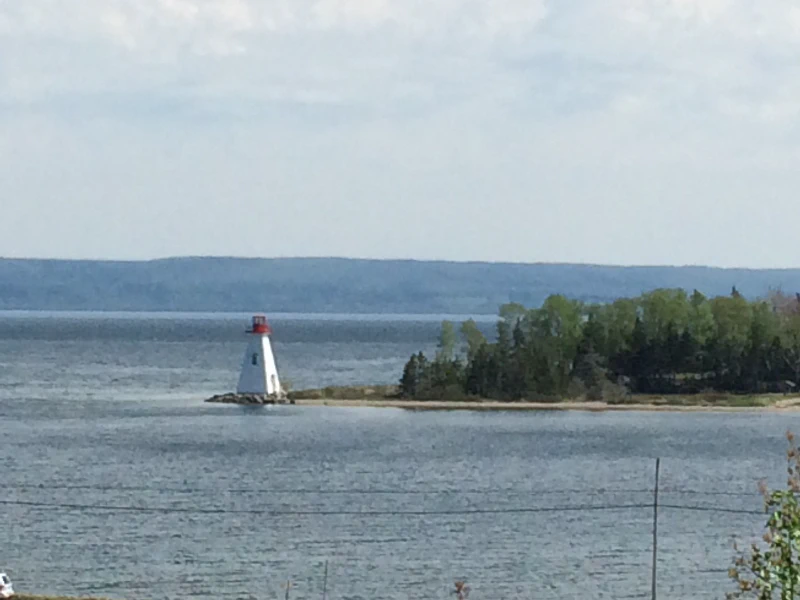Posted
on
in
New England Trip
• 632 words
• 3 minute read
Tags:
Alexander Graham Bell, Canada, Nova Scotia, Sydney, Travel
Today we went on a bus tour which took us to the Alexander Graham Bell Museum.
Alexander Graham Bell Museum
The Ride to the Museum
On our way to the Alexander Graham Bell Museum, our guide talked about a few interesting things about Sydney, Nova Scotia, and Canada in general. (He also said some of this on the ride back, but I’ll just summarise it all here.)
By the way, if you want a solid source of information about any of the topics I’ve written about, I am not that solid source so don’t cite me on any of this. The reason I do this is a) to let people back home know that I’m alive and b) to sort all of the information I’ve learned and things I’ve seen in my own mind.
- The Town of Sydney is located on the island of Cape Breton, the northern island of Nova Scotia.
- Cape Breton has a huge lake in the middle of it. The lake is called Bras d’Or Lake.
- Thousands of years ago it was a fresh water lake but as the glaciers melted after the Ice Age, the seawater rose to a level where it flooded into the lake basin creating the current salt water lake.
On the way we stopped at a look out spot (overlook in American English). It is said that this lookout spot was the reason that Alexander Graham Bell decided to settle in Nova Scotia after his success with the telephone.
The Museum
Before visiting the Alexander Graham Bell Museum, I only knew about Alexander Graham Bell’s work on the telephone. Alexander, however, contributed so much more than just that to society. I’ll list a few of his most notable contributions.
- Alexander’s father was a speech therapist and his mother was deaf. His father developed a system called Visible Speech (or something like that) which was a phonetic language which put speech mechanics into a language.
- Alexander got a job at a school for the deaf and he used his father’s system to teach his students how to speak.
- After becoming successful with the invention of the telephone, Alexander worked on a variety of other things. One of which was helping build the first airplane in Canada. He worked with Mr. Curtiss and a bunch of other men on the project. Curtiss subsequently went off to create a successful airplane manufacturing company in the States.
- Another of his post-telephone projects was a hydroplane, a boat which used “wings” underwater to provide lift allowing the boat to move across the water with minimal drag.
- He had many other side projects, some of which were successful, others were very unsuccessful, but Alexander kept busy with all of his projects.
Alexander is best know for his work on the telephone. It was neat learning about how he created the telephone after taking Physics II which focuses a lot on electromagnetism. The telephone uses the properties of electromagnetism to transmit sound. It specifically uses the fact that solenoids (essentially wraps of wire around a spool) create magnetic fields when current is run through them and that current is induced through the wire of a solenoid when there is a changing magnetic field inside the solenoid. Graham discovered that both sound waves and electromagnetic waves are sinusoid all waves. Because of this, sound waves can be encoded as AC current and transmitted across a wire. All of this was new to me and it was neat being able to see how the stuff I learned in Physics is actually used in real life.
Outside the museum, there was a great view of a lighthouse.
Evening
My evening consisted of the normal activities so just read the older blog posts and you’ll get a pretty good idea of what I did.




